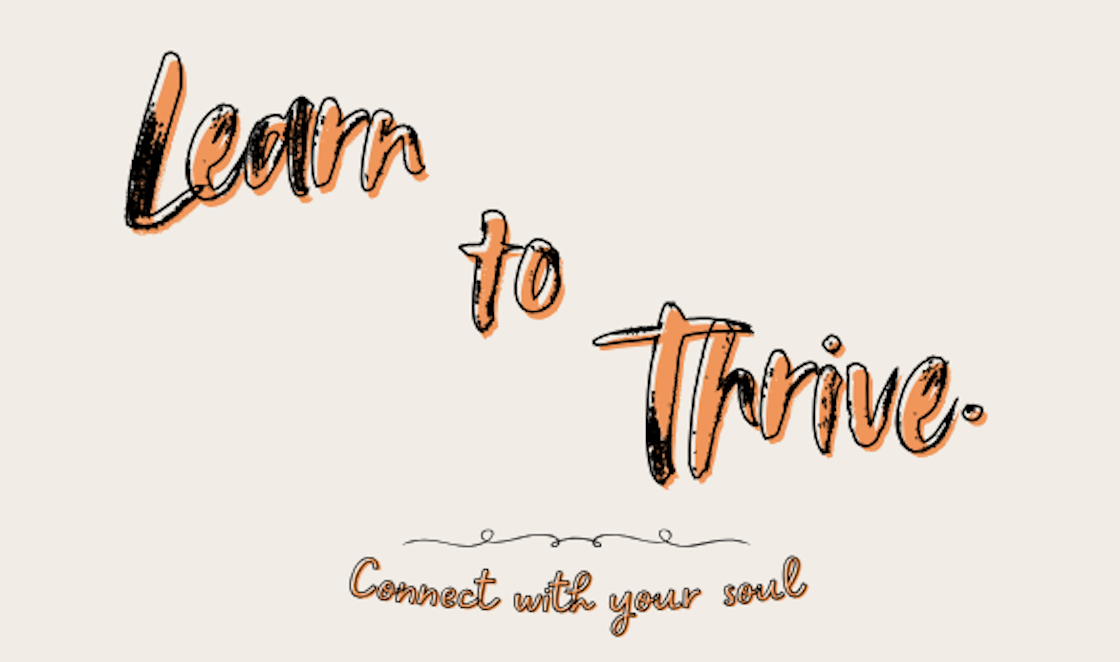Learn to Thrive
THE WEEKLY THRIVE ED 1.4
The Weekly Thrive
- **The Weekly Thrive Ed. 1.4
- Date: 2025-09-19
- View this on the web.
Welcome to the 4th edition of The Weekly Thrive. Last week we talked about the relationship between chaos and creativity.
This week we’ll be diving into ways we Upper Limit ourselves, the two kinds of pain, and the importance of sitting with discomfort.
One thing to Learn: We unconsciously limit our success, happiness, and satisfaction
Inside all of us is an Upper Limit. It’s like an internal smoke alarm that goes off whenever we venture into unfamiliar territory. It’s designed for survival and based on experience from the past.
Human beings didn’t evolve to chase happiness, we evolved to crave what’s familiar to us. It’s less about the fear of the unknown and more about the loss of control toward’s what’s known.
This is why anything unfamiliar, however good it may be, will feel uncomfortable until it becomes familiar.
If you’ve ever tried to establish a new routine or habit, it can be difficult until you internalize it. When we’re about to break out of the container we imposed on ourselves, we find ways to stuff ourselves back inside, often without realizing it.
Your brain is constantly trying to reaffirm who you think you are. We tell ourselves stories in an effort to make sense of our lives. In so many ways, the stories we tell ourselves become the beliefs we carry:
- This is the amount of money I’m capable of making.
- This is the kind of person who will love me.
- I need that to be happy.
- I’m not smart enough for that field.
- I’m terrible with technology.
- I always pick the wrong people.
- I’m too old to learn new skills and change.
We collect false evidence—one rejection, one mistake, one ‘you’re not good at this’—and build entire belief systems around these untruths. These flawed narratives aren’t just told in our heads, they live in our bodies and they shape our lives.
We have a habit of creating a perimeter of possibility around the future based on the limitations of our past. We create and latch onto our own version of normal and only pursue options within the parameters we’ve already accepted as possible.
Each story feels true because we’ve collected “evidence” to support it, but they’re really just familiar boundaries we’ve drawn around our potential.
This is the root to why people go back to abusive relationships, why addiction swallows lives, and why it’s so hard to change. What’s familiar to us provides us with comfort, even if it causes unhappiness, simply because it’s what we know. When it comes to change, this is no different.
Change is difficult because it requires the loss of what’s familiar. Changing requires us to venture into a zone of tempory unpleasantness in an effort to expand our ability to feel content and at peace.
We spend so much time worrying about the pain we might endure if we take the risk, leave the job, finally go to therapy, have the conversation, face the truth that’s right in front of us, that we don’t consider the pain we’re already in—or what it’ll be like to die with that pain, knowing we could have, but didn’t.
Hard as try otherwise, there’s no pain free option in life. It’s more about what kind of pain you want to experience. From what I can tell, there’s two types of pain: hot potato pain and anesthetic pain.
There’s the kind of pain that’s more of the same: more destruction, more trauma, more suppression, more denial—the kind of pain that keeps things the same or makes them worse. Glennon Doyle refers to this as “Hot Potato pain” because it’s held for one second and thrown to the next, to be carried by our family or friends right into the next generation.
Then there’s the kind of pain with a purpose because it’s in pursuit of healing. The pain of recovery, of breaking the cycle, of speaking a hard truth. The pain that comes from disrupting plans, failing expectations, and leaving certain people, places, and things behind.
This kind of pain is like rubbing alcohol on a wound. It burns like hell but we’re better off for it. It staves off further infection by relaying the brunt of the pain up front.
I guess this is one big argument for being less afraid of pain. When we begin to see discomfort as a signal that means we are close to encountering change, this alters our perception in a very powerful way. Now, it’s no longer about what’s comfortable but what’s worth being uncomfortable for.
One thing to Apply
What discomfort have you been avoiding? How can you venture into it this week? I encourage you to write it down and act it out. Get comfortable being uncomfortable.
OR
What limitations are you arguing to keep? What beliefs are behind them? What are the benefits of dropping them?
Reply and tell me how it goes.
– I’d love to hear from you - please reply to this email with any thoughts, feedback, constructive criticism, or anything you’d like to see more of. I read every reply.
If you’d like to see more of how I put these together (my notes, if you will) visit here.
See you next week! Ethan

Contact me - I'd love to hear from you!